April 2025

Senior Research Analyst

Reviewed By
The global bicycle market is expected to grow from USD 60.47 billion in 2025 to USD 118.18 billion by 2034, with a CAGR of 7.73% throughout the forecast period from 2025 to 2034.
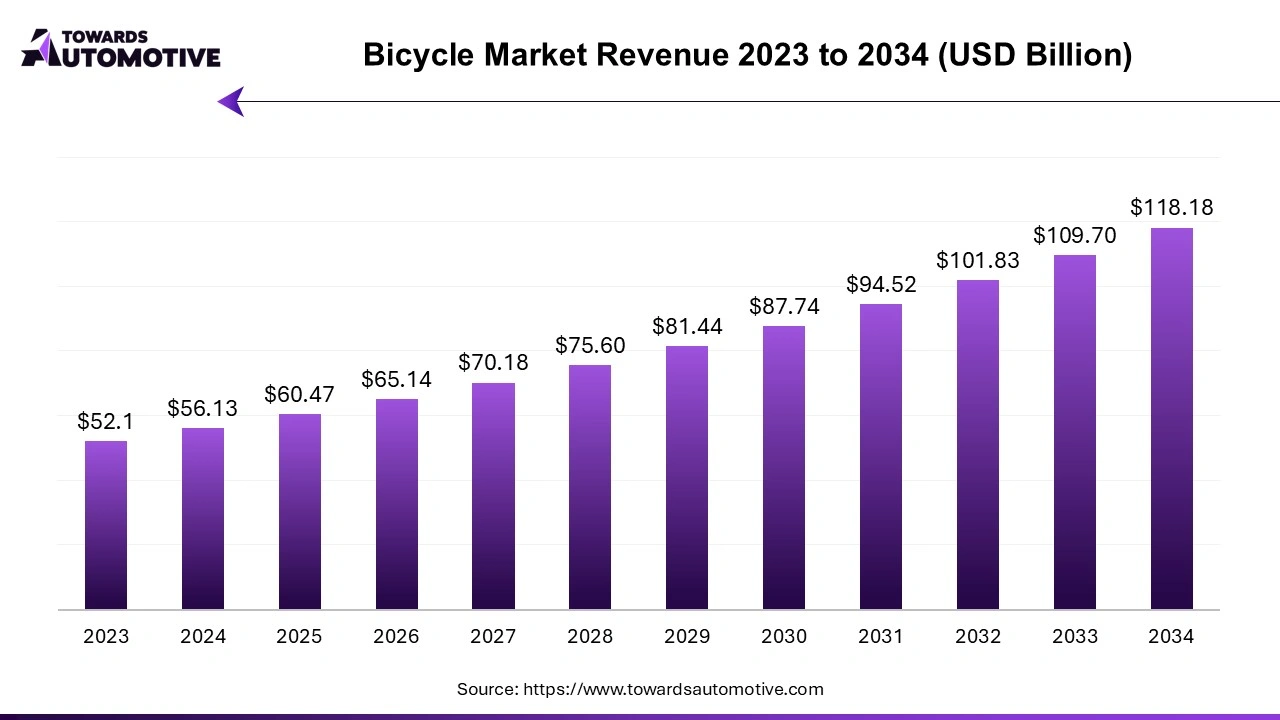
The bicycle market has experienced significant growth in recent years, driven by a combination of factors including increased health consciousness, environmental concerns, and the rise of urban mobility solutions. As people become more aware of the health benefits associated with cycling, such as improved cardiovascular fitness and mental well-being, there has been a surge in demand for various types of bicycles, including road bikes, mountain bikes, and electric bicycles (e-bikes). E-bikes, in particular, have gained popularity due to their ability to offer assistance to riders, making cycling accessible to a broader demographic, including those who may have previously found traditional cycling challenging.
Moreover, the growing emphasis on sustainable transportation solutions has prompted cities to invest in cycling infrastructure, such as dedicated bike lanes and bike-sharing programs, further promoting cycling as a viable alternative to motor vehicles. The COVID-19 pandemic also accelerated the shift towards cycling, as individuals sought socially distanced transportation options. This increased demand has led to innovations in bicycle design, materials, and technology, enhancing performance and user experience.
Artificial Intelligence (AI) is playing an increasingly vital role in the bicycle market, transforming various aspects of design, manufacturing, user experience, and safety. AI technology enables the development of smart bicycles equipped with sensors and connectivity features. These bicycles can collect data on rider behavior, performance metrics, and environmental conditions, providing users with real-time feedback and personalized insights to enhance their riding experience.
AI algorithms analyze data from sensors on bicycles to predict when maintenance is required. This proactive approach helps cyclists avoid breakdowns and ensures their bicycles remain in optimal condition, thereby enhancing safety and performance.
AI-driven navigation systems can analyze traffic patterns, weather conditions, and road hazards to provide cyclists with the safest and most efficient routes. This technology helps riders avoid congested areas and improves overall cycling safety.
AI can analyze user preferences and riding styles to offer personalized recommendations for bicycle features, accessories, and gear. This level of customization enhances the overall cycling experience and encourages more individuals to take up cycling. Also, AI-powered systems can enhance safety through features like collision detection, automated braking, and alerts for potential hazards. These technologies can significantly reduce the risk of accidents, making cycling safer for riders.
Bicycle manufacturers can leverage AI to analyze market trends, customer preferences, and sales data. This information helps them make informed decisions regarding product development, marketing strategies, and inventory management, ultimately driving business growth. Additionally, In the rapidly growing e-bike segment, AI plays a crucial role in optimizing battery usage, managing power assistance, and enhancing the overall user experience. AI algorithms can adjust power output based on terrain and rider input, providing a more efficient and enjoyable ride.
The growing prevalence of diabetes has emerged as a significant driver of growth in the bicycle market, as health-conscious consumers increasingly turn to cycling as a means of managing their condition and improving overall well-being. With diabetes becoming a global health crisis, characterized by rising rates of obesity and sedentary lifestyles, individuals are seeking effective ways to incorporate physical activity into their daily routines. Cycling provides a low-impact, accessible form of exercise that can help individuals regulate blood sugar levels, lose weight, and enhance cardiovascular health.
Healthcare professionals often recommend cycling as part of a comprehensive lifestyle change for those at risk of or diagnosed with diabetes. The ability to adjust the intensity of cycling workouts makes it an appealing option for individuals with varying fitness levels. Additionally, the rise of electric bicycles (e-bikes) has further expanded accessibility, allowing individuals with mobility challenges or those who may find traditional biking strenuous to participate in cycling comfortably.
Moreover, increased awareness of the health benefits associated with cycling has led to more community initiatives promoting active transportation, such as bike-sharing programs and dedicated cycling infrastructure. These efforts encourage more individuals to embrace cycling as a viable alternative to motor vehicle use, contributing to healthier lifestyles. As the focus on diabetes prevention and management continues to grow, the bicycle market is poised to benefit significantly from this trend, positioning cycling as a crucial component of health and wellness strategies for those affected by diabetes.
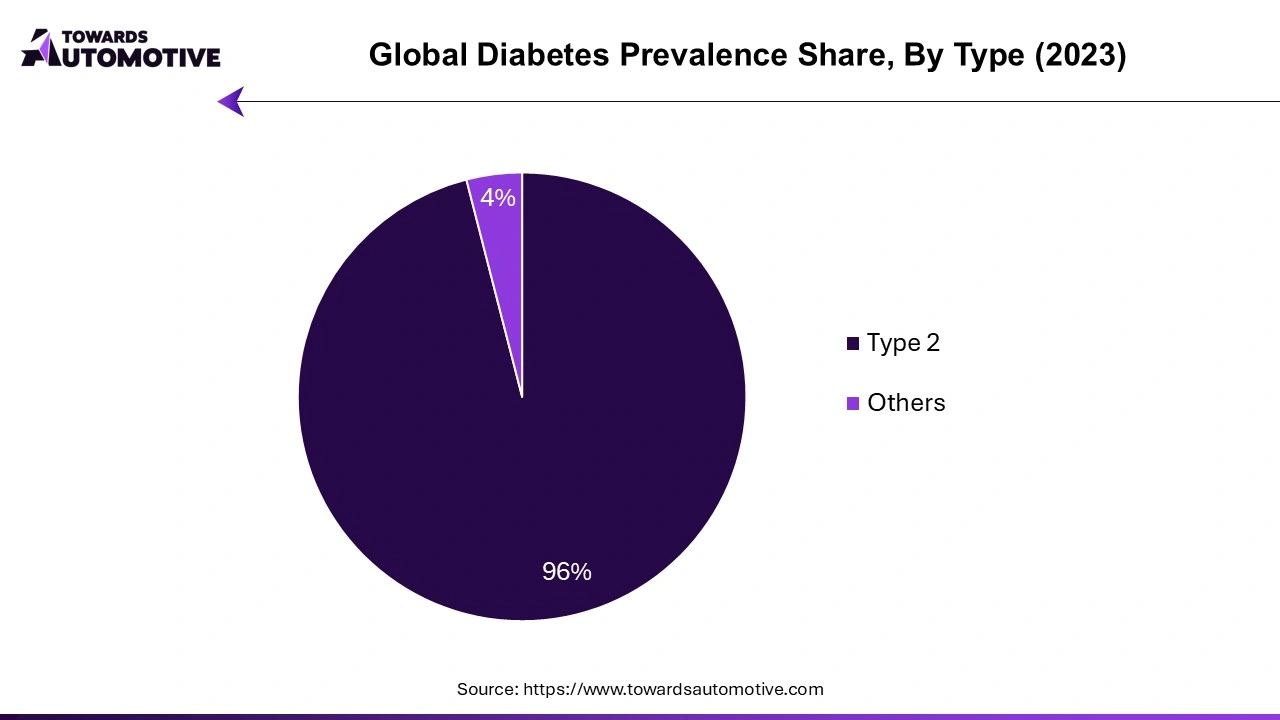
The bicycle market faces several restraints that may impede its growth. One significant challenge is the high cost of quality bicycles, particularly electric models, which can deter potential buyers, especially in price-sensitive markets. Additionally, limited cycling infrastructure in some regions, such as inadequate bike lanes and safety measures, can discourage individuals from adopting cycling as a regular mode of transportation. Weather conditions and seasonal variations also impact cycling participation, with adverse weather reducing ridership. Moreover, competition from alternative modes of transportation, such as public transit and ride-sharing services, may further hinder the growth of the bicycle market.
Lightweight bicycles are creating significant opportunities in the bicycle market by enhancing performance, accessibility, and rider experience. With advancements in materials such as carbon fiber, advanced aluminum alloys, and innovative composites, manufacturers are producing bicycles that are easier to handle, accelerate faster, and require less effort to ride. This reduction in weight appeals to a wide range of consumers, from competitive cyclists seeking speed and agility to casual riders looking for a more enjoyable experience.
Moreover, lightweight bicycles are particularly advantageous for urban commuting, where riders often navigate traffic, climb hills, or carry their bikes on public transportation. The ease of maneuverability encourages more people to choose cycling as a sustainable mode of transport, contributing to an increase in bicycle adoption in cities worldwide. Additionally, the trend toward e-bikes is benefiting from lighter designs, as these bicycles can incorporate powerful motors and batteries without adding significant weight, thus improving overall efficiency and range.
As cycling becomes increasingly popular for both recreational and practical purposes, the demand for lightweight bicycles is expected to grow, opening new markets and opportunities for manufacturers to innovate and differentiate their products in a competitive landscape.
The road bicycle segment held the largest share of the market. The road bicycle segment significantly drives the growth of the global bicycle market, appealing to a wide range of consumers from casual riders to competitive athletes. As cycling gains popularity as both a recreational activity and a practical means of transportation, road bicycles, known for their speed and efficiency, are increasingly favored by those looking to enhance their cycling experience. The surge in interest is fueled by the rising number of cycling events and races worldwide, such as Gran Fondos and charity rides, which motivate individuals to participate and connect with the cycling community.
Additionally, the growing emphasis on health and fitness has led many consumers to adopt cycling as a way to stay active while enjoying the outdoors. Road cycling provides an exhilarating workout, promoting cardiovascular health and endurance, which resonates with fitness enthusiasts.
Advancements in technology and design have also played a crucial role in driving this segment. The development of lighter materials, improved aerodynamics, and enhanced gear systems have made road bicycles more appealing to performance-oriented consumers, who seek a competitive edge in their rides.
Furthermore, the integration of smart technology, such as cycling apps and fitness trackers, adds a new dimension to the cycling experience, allowing riders to monitor their performance and set goals.
The conventional segment led the industry. The conventional bicycle segment plays a vital role in driving the growth of the global bicycle market, appealing to a broad audience due to its accessibility, affordability, and practicality. Conventional bicycles, often characterized by their straightforward designs and ease of use, cater to various consumer needs, from daily commuting to leisurely rides in parks or urban areas. As cities worldwide grapple with traffic congestion and environmental concerns, conventional bicycles offer an eco-friendly alternative for short-distance travel, encouraging more individuals to opt for cycling over motorized transportation.
Moreover, the rising awareness of health and fitness has spurred interest in conventional cycling as a form of exercise. Many people are embracing cycling as a fun and effective way to stay active, contributing to improved physical and mental well-being. This shift towards healthier lifestyles has led to increased demand for conventional bicycles, particularly among families and recreational riders who seek a cost-effective way to enjoy outdoor activities together.
Additionally, the growth of urban cycling infrastructure, including dedicated bike lanes and cycling-friendly policies, has further supported the conventional segment. As municipalities invest in promoting cycling as a viable mode of transportation, the appeal of conventional bicycles continues to rise. The segment's emphasis on simplicity and functionality resonates with consumers who prioritize practicality and value.
The offline segment held the highest share of the market. The offline segment plays a crucial role in driving the growth of the global bicycle market by providing consumers with tangible experiences and personalized services that enhance their purchasing decisions. Traditional brick-and-mortar retail stores, including specialty bike shops and larger sporting goods retailers, allow customers to physically interact with various bicycle models, assess their features, and seek expert advice from knowledgeable staff. This hands-on experience is particularly valuable for new cyclists or those looking to upgrade their bikes, as it helps them make informed choices tailored to their specific needs and preferences.
Moreover, offline retailers often provide additional services, such as professional fittings, maintenance, and repairs, which create a loyal customer base and encourage repeat business. These services foster a sense of community among cyclists, with many stores hosting local events, group rides, and workshops that engage customers beyond just sales transactions. This community-oriented approach strengthens the bond between retailers and consumers, promoting cycling as a lifestyle choice rather than just a mode of transport.
Additionally, the offline segment benefits from the growing trend of e-commerce, as many consumers prefer to explore products online before making a final purchase in-store. This "showrooming" phenomenon allows customers to gather information and compare prices while still valuing the importance of in-person interactions. As a result, the offline segment remains a significant driver of growth in the bicycle market, combining the benefits of traditional retail with modern consumer preferences to create a holistic shopping experience.
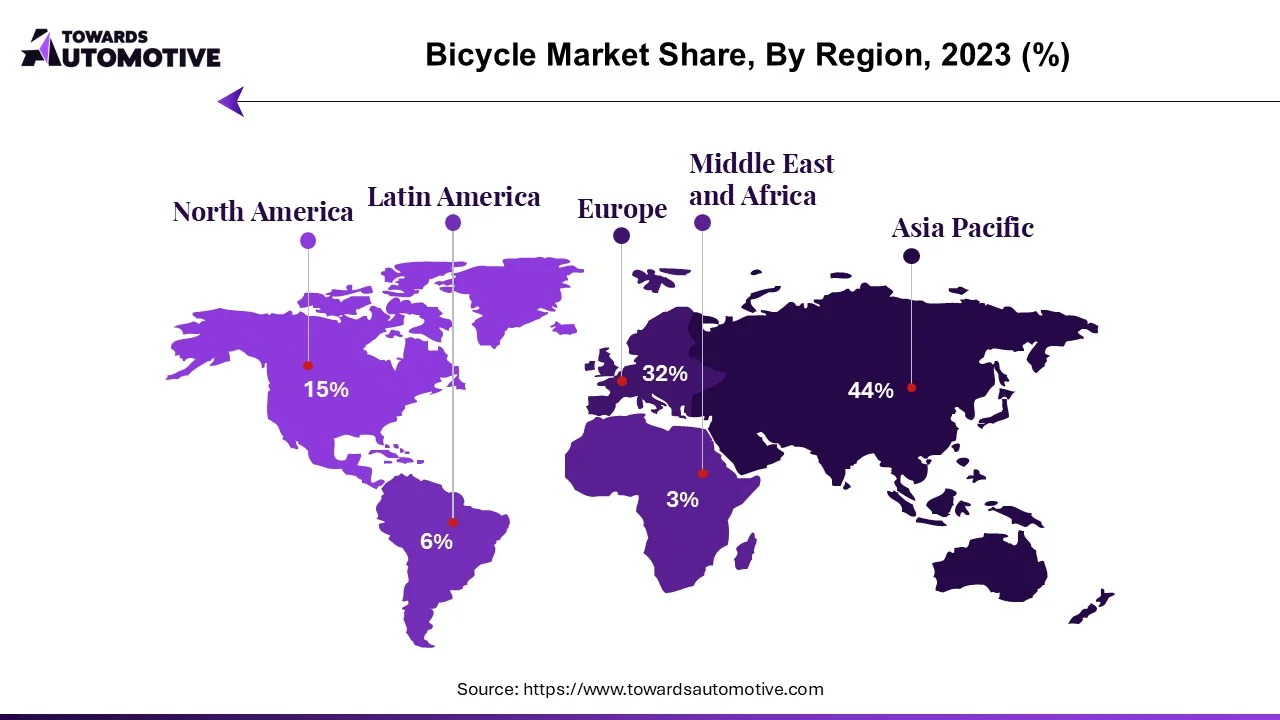
Asia Pacific dominated the bicycle market. Increasing urbanization, health and fitness awareness, and environmental concerns are driving significant growth in the bicycle market across the Asia-Pacific (APAC) region. As urban areas expand rapidly due to population growth, many cities are grappling with severe traffic congestion and air pollution. Bicycles offer an effective solution for urban commuting, allowing residents to navigate crowded streets more easily and reach their destinations faster. Governments in APAC are recognizing the benefits of cycling for both transport and public health, leading to investments in cycling infrastructure, such as dedicated bike lanes and bike-sharing programs, which further facilitate bicycle use.
Simultaneously, a growing awareness of health and wellness among consumers is pushing more individuals to adopt cycling as a preferred form of exercise. As lifestyle diseases, including diabetes and obesity, become more prevalent, cycling is increasingly viewed as a convenient and enjoyable way to maintain fitness.
Moreover, environmental concerns are prompting consumers to seek sustainable transportation alternatives. With heightened awareness of climate change and its impacts, many individuals in APAC are turning to bicycles as a greener option to reduce their carbon footprint. This convergence of urbanization challenges, health consciousness, and a push for sustainability is creating a favorable market environment for bicycles in the region. Consequently, the bicycle market in APAC is expected to grow steadily, driven by the adoption of cycling for daily commuting, recreation, and fitness, supported by both consumer demand and government initiatives.
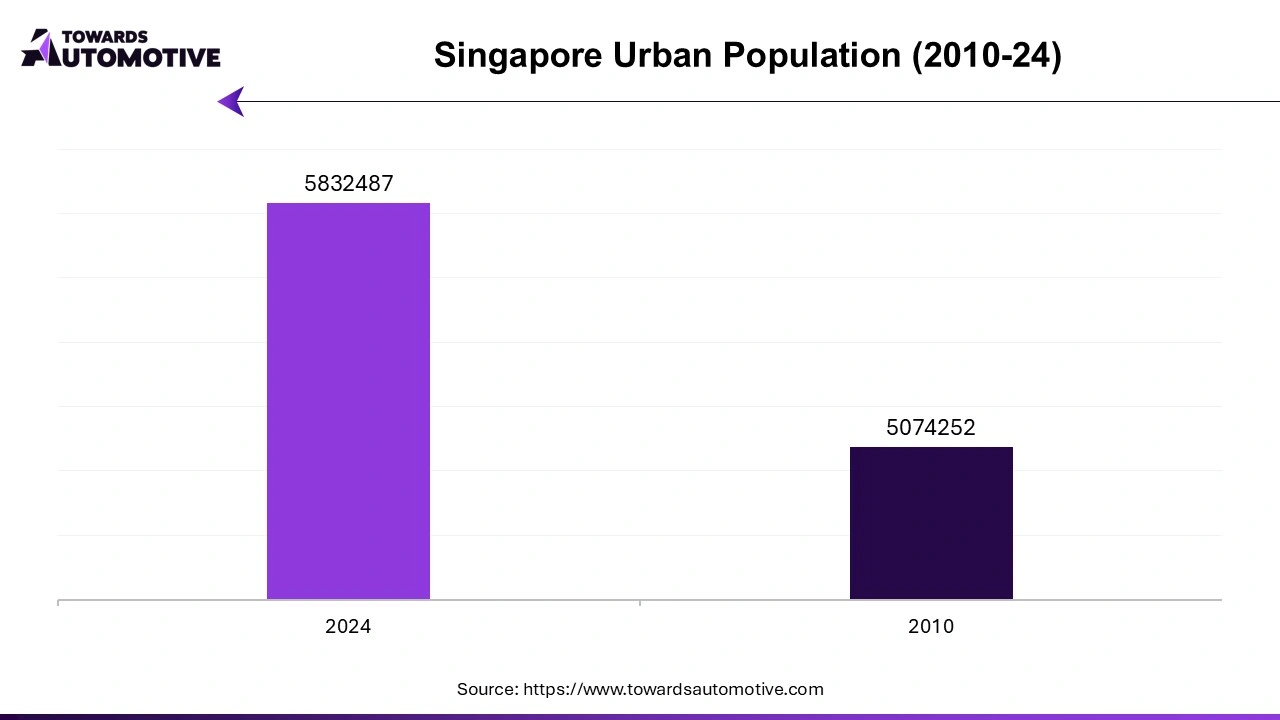
Europe is expected to grow with the highest CAGR during the forecast period. Traffic congestion, social changes and lifestyle preferences, along with the integration of bicycles with public transport, are pivotal factors driving the growth of the bicycle market in Europe. As urban populations continue to swell, many European cities are grappling with increasing traffic congestion, leading to longer commute times and frustration among drivers. Bicycles provide an efficient and practical alternative for navigating congested urban areas, enabling commuters to bypass traffic jams and reach their destinations more swiftly. This shift toward cycling is further supported by a cultural inclination toward active and sustainable lifestyles, as more individuals embrace cycling not just as a mode of transport but as a recreational activity that promotes health and well-being.
Social changes, including the impact of the COVID-19 pandemic, have accelerated this trend, with many people seeking outdoor activities and safer means of transportation that allow for social distancing. Moreover, the growing popularity of cycling as a lifestyle choice has led to increased demand for diverse bicycle options, from traditional models to e-bikes.
The integration of bicycles with public transport systems is another significant growth driver. Many cities in Europe are enhancing their transport infrastructure to accommodate bicycles, providing facilities such as bike racks on buses and trains. This seamless connectivity encourages commuters to combine cycling with public transport, making it easier to adopt cycling as part of their daily routine. Together, these factors are fostering a vibrant bicycle market in Europe, characterized by rising consumer interest and supportive government initiatives.
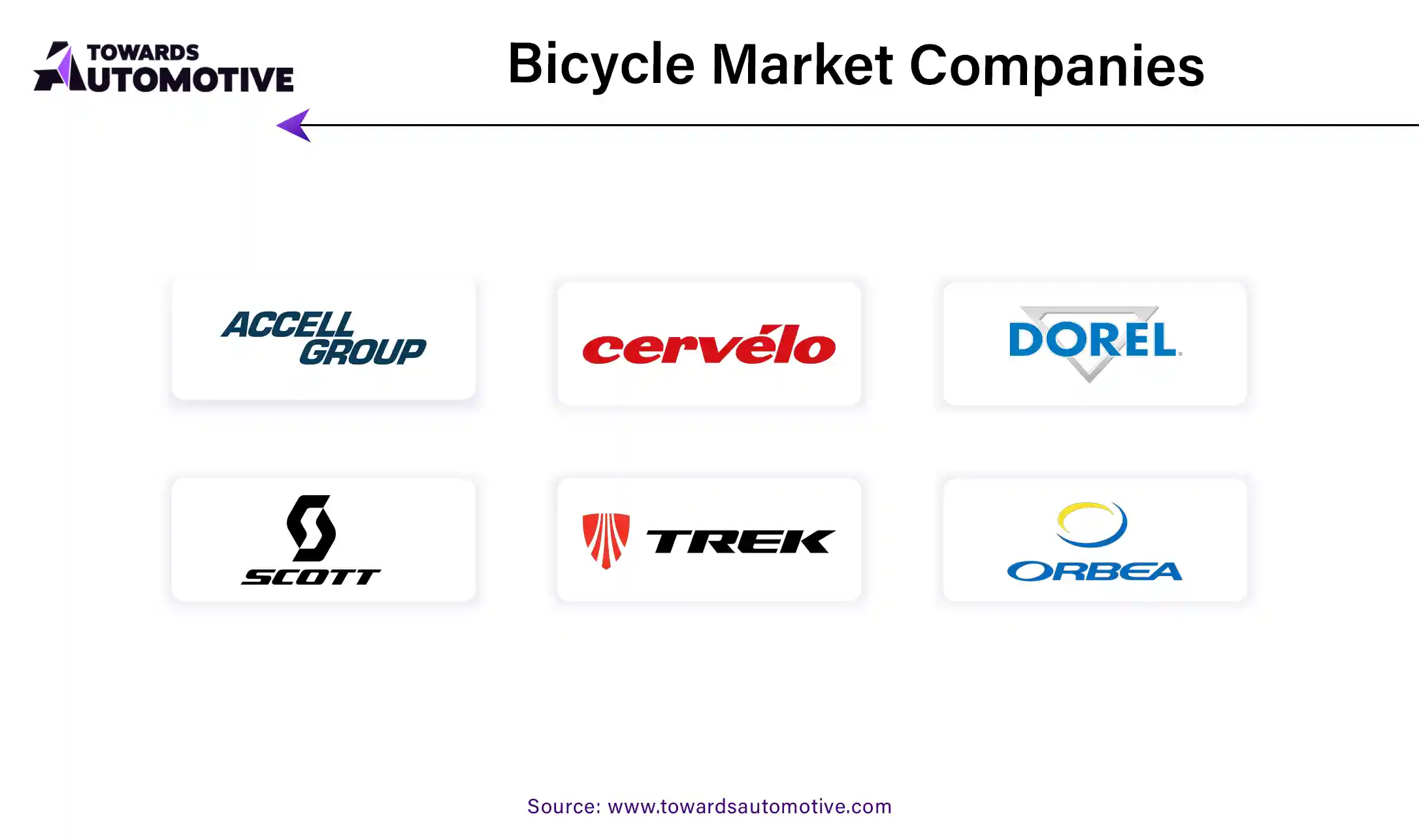
By Product
By Design
By Technology
By End-User
By Distribution Channel
By Region
April 2025
April 2025
April 2025
April 2025
Dr. Arjun Patel is a distinguished expert in the automotive industry, holding advanced degrees in Automotive Engineering and Mechanical Engineering. His expertise spans automotive market dynamics, technological advancements, and sustainable practices. Dr. Patel excels in conducting in depth research and analysis on market trends, consumer preferences, and the economic implications within the automotive sector. He is renowned for his insightful publications on topics such as electric vehicles, autonomous driving technologies, and the evolution of sustainable transportation solutions. Dr. Patels research contributions have significantly advanced understanding in the field, earning him recognition as a leading authority in automotive research and analysis.
We offer automotive expertise for market projections and customizable research, adaptable to diverse strategic approaches.
Contact Us